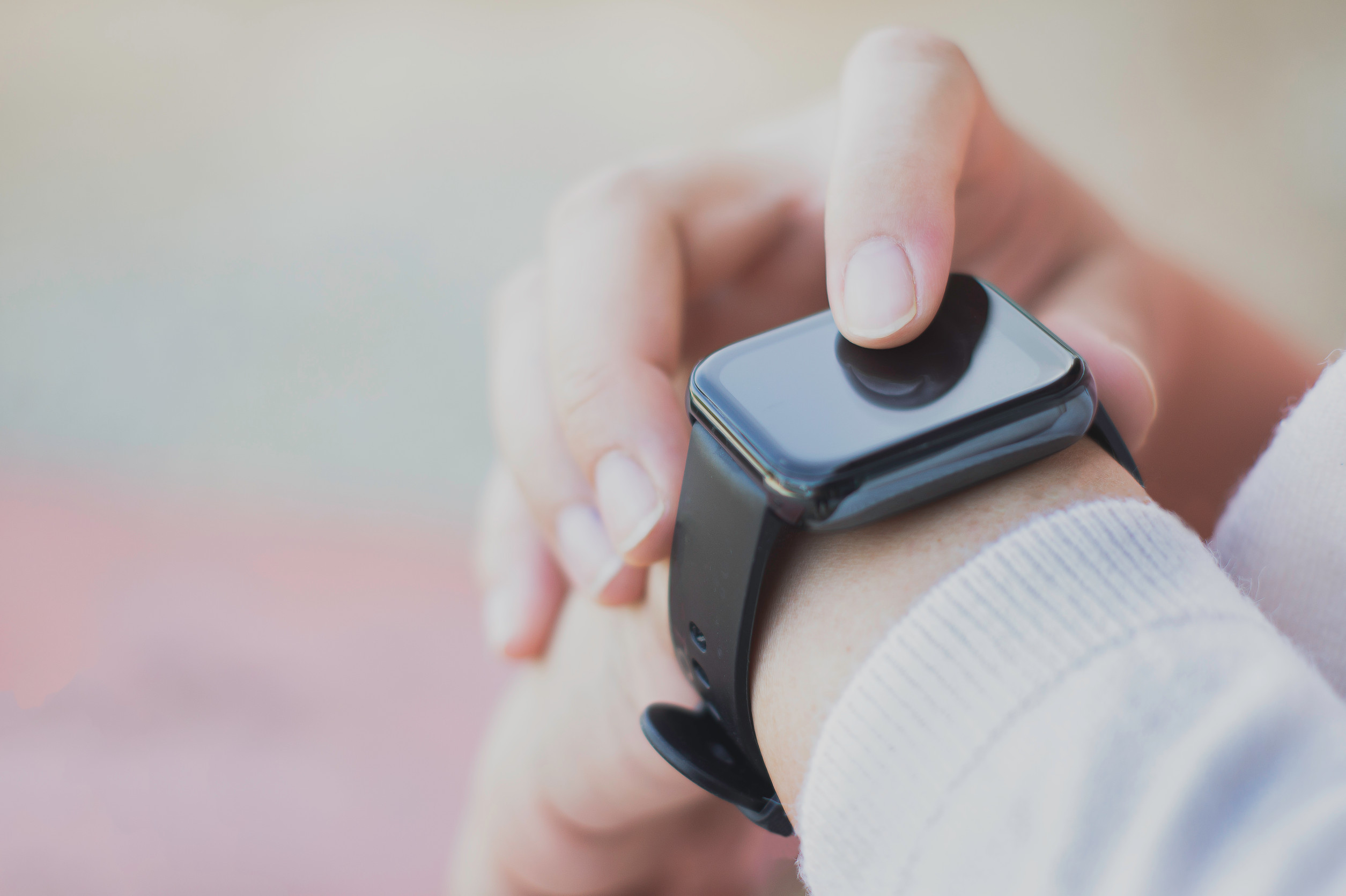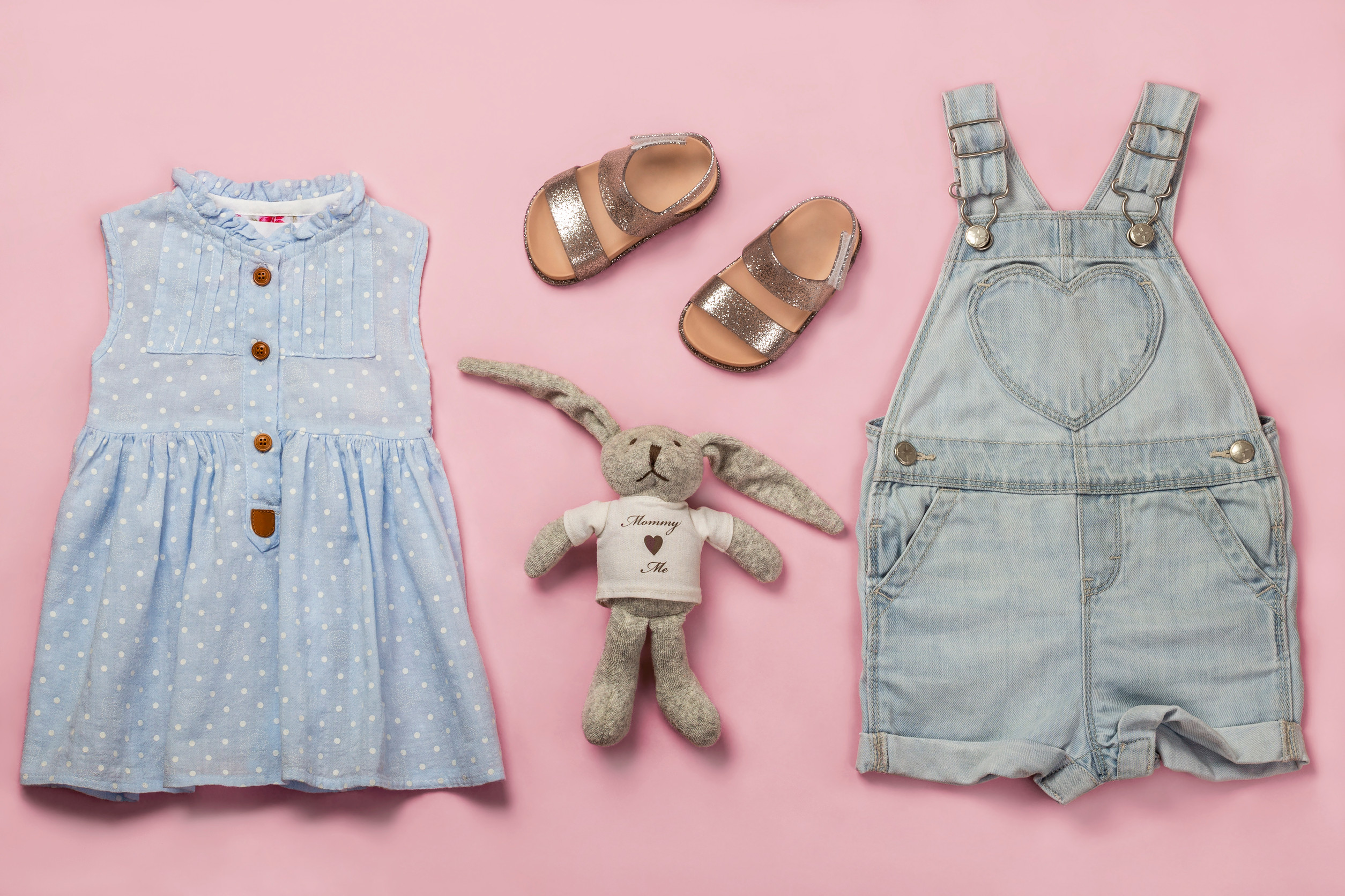
In the ever-evolving relationship between fashion and technology, clothing has become more than just a form of expression. While runways and retail stores showcase garments that seem futuristic or innovative, many of these styles conceal a deeper, often unsettling connection to surveillance technology. The blending of aesthetics with function has created a new genre of apparel that can track, monitor, and even record without the wearer—or the public—being fully aware.
What once seemed like sci-fi speculation has now entered wardrobes, with pieces ranging from stylish jackets to trendy eyewear quietly doubling as data-collection devices. This hidden intersection between fashion and surveillance raises important questions about privacy, consent, and the shifting role of clothing in daily life.
1. Smartwatches Disguised as Minimalist Accessories
The rise of sleek, minimalist smartwatches was welcomed for their ability to blend form and function. Beneath their stylish exteriors, however, these devices often track far more than just heart rate and steps. Embedded GPS, ambient audio sensors, and biometric data collectors turn these accessories into wearable surveillance hubs. Many are designed to sync with larger surveillance ecosystems, quietly transmitting user data to cloud servers. What may appear as a simple fashion choice could actually be feeding into a network of monitoring systems.
2. Eyewear with Hidden Cameras
Modern eyewear trends have embraced thicker frames and tech-integrated designs, making it easier to embed discreet recording devices. Some smart glasses not only allow users to livestream or take photos but also store location data and audio without the subject’s knowledge. While marketed for convenience and innovation, these devices have sparked controversy around consent and public awareness. The line between wearable fashion and covert surveillance becomes blurred when these features are normalized. Stylish, intelligent frames may be doing far more watching than meets the eye.
3. Jackets with Embedded RFID Trackers
Outerwear designers have embraced tech-forward designs with embedded Radio Frequency Identification (RFID) tags. Initially included to improve inventory management or provide interactive features, these trackers have surveillance potential. RFID chips can log location data, respond to external scanning, and transmit signals detectable from a distance. While marketed as part of a “smart wardrobe,” their quiet integration raises concerns about whether users are fully aware of what’s being monitored. These jackets can function as mobile beacons in a wider surveillance grid.
4. Fitness Apparel That Records More Than Movement
Athleisure and fitness apparel brands have pushed the boundaries by integrating performance sensors into their garments. While this technology is often celebrated for helping athletes monitor progress, the same sensors can also collect intimate data like posture, breathing rate, and stress levels. Some smart fabrics even respond to biometric changes, creating a digital footprint of the wearer’s emotional and physical state. The data harvested from such clothing can be stored, analyzed, or shared by third-party apps. These garments, sold as tools for self-improvement, can simultaneously serve as instruments of behavioral monitoring.
5. Heated Clothing That Connects to Apps
Heated jackets and gloves have become popular for those enduring colder climates, promising personal comfort with a tap of a phone screen. But many of these garments require Bluetooth connectivity and app integration, creating pathways for data collection. These apps often access location, usage patterns, and even device-linked identities. The clothes themselves act as endpoints in a broader surveillance infrastructure. What seems like a cozy convenience may double as a tracking device.
6. LED Fashion That Broadcasts Data
Wearable LED fashion—ranging from light-up shirts to illuminated dresses—has grown in popularity at music festivals and high-tech events. Some of these garments allow for programmable displays connected to mobile apps or cloud services. Beyond visual flair, these connections enable two-way communication, with the possibility of collecting user data in real-time. When integrated with GPS or social media, LED garments can map movements or broadcast behavioral cues. The combination of visual spectacle and data output transforms these pieces into wearable media platforms.
7. Uniforms with Real-Time Location Monitoring
In some industries, work uniforms have adopted real-time location systems (RTLS) to enhance security or efficiency. These uniforms often include sensors that monitor location, movement, and even time spent at specific tasks. While touted as productivity tools, they have raised serious privacy concerns, especially when used without clear employee consent. These garments blur the line between supervision and surveillance, placing workers under near-constant watch. Even off the clock, these uniforms can remain active, depending on how the sensors are programmed.
8. Audio-Responsive Clothing That Listens
Some emerging fashion pieces are equipped with embedded microphones or sound-responsive elements meant to interact with music or voice commands. While promoted as reactive or immersive fashion, these garments also have the ability to record and analyze surrounding conversations. Depending on the device’s capabilities and connectivity, audio data can be stored or transmitted to external servers. The implications are troubling when the clothing becomes a passive listening device. In public or private spaces, this kind of apparel challenges expectations of audio privacy.
9. Children’s Clothing with Parental Surveillance Features
Some children’s apparel lines now include GPS locators, temperature monitors, and remote audio features marketed to concerned parents. While intended to provide safety, these features also introduce surveillance into early life experiences. These garments can monitor the child’s movement, environment, and even vocalizations, effectively turning them into monitored subjects. The long-term normalization of such surveillance raises ethical questions about autonomy and digital consent. What begins as protection can evolve into an early introduction to constant monitoring.

When Fashion And Spying Mix
The fusion of fashion and surveillance is more than a passing trend—it reflects a broader shift in how technology quietly permeates daily life. From outerwear to eyewear, modern clothing increasingly serves dual purposes: to express style and to collect data. As consumers embrace smart clothing, it becomes critical to examine who benefits from this information and whether users truly understand what they’re wearing. The conversation around fashion must now include questions about privacy, agency, and transparency. If these garments are watching us, it’s time to start watching them too.
What do you think about the rise of surveillance-linked fashion? Share your thoughts or leave a comment below.
Read More
When Safety Goes Too Far: 6 Overlooked Risks of Advanced Security
9 Home Design Choices That Attract Burglars Instantly
The post 9 Clothing Trends That Were Linked to Surveillance Technology appeared first on Everybody Loves Your Money.







